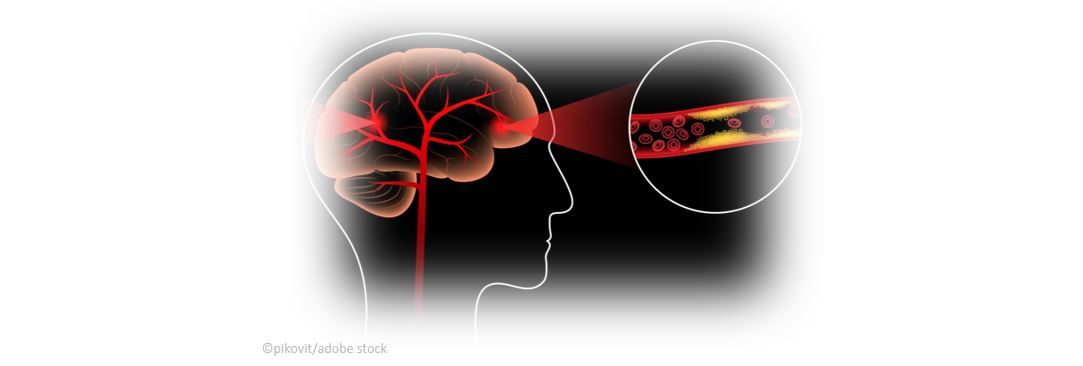- Clinical Technology
- Adult Immunization
- Hepatology
- Pediatric Immunization
- Screening
- Psychiatry
- Allergy
- Women's Health
- Cardiology
- Pediatrics
- Dermatology
- Endocrinology
- Pain Management
- Gastroenterology
- Infectious Disease
- Obesity Medicine
- Rheumatology
- Nephrology
- Neurology
- Pulmonology
Stroke Patients Very Likely to Present with Undiagnosed Risk Factors

A new study of more than 4000 patients who experienced an ischemic stroke found that fully two-thirds (67%) had at least 1 or more undiagnosed risk factor at the time of the event, the most common being dyslipidemia and hypertension. The results were presented recently at the European Academy of Neurology (EAN) Congress 2022.
“Our findings underline the importance of testing and treating blood fat imbalances such as high cholesterol and triglyceride levels, as well as blood pressure and identifying and treating those with atrial fibrillation and type 2 diabetes”, said lead investigator André Rêgo, of the Lausanne University Hospital in Switzerland, in a statement from EAN.
As context for their research, Rêgo and colleagues point to the need for more clinical information on the profile of patients with acute ischemic stroke who have previously undiagnosed major vascular risk factors and the underlying mechanisms and frequency of those strokes.
To add to the "scarce" research available, the team conducted a retrospective analysis of data from the Acute Stroke Registry and Analysis of Lausanne, which provided information on all consecutive patients admitted to the Lausanne University Hospital with acute ischemic stroke who presented within 24 hours of symptom onset between January 1, 2003, and December 31, 2018.
After exclusion criteria were applied, the final cohort for analysis numbered 4354 patients. The median age of patients was 70 (IQR, 15.2) years and 44.7% were women.
Of primary interest was the prevalence of previously undiagnosed risk factors and their association with demographic, clinical, therapeutic and, importantly, prognostic variables. Both univariate and multivariate regression models were applied.
Rêgo et al report that 67.7% of patients had at least 1 undiagnosed major risk factor. Among the undiagnosed major risk factors, the most common was dyslipidemia (61.4%), followed by hypertension (23.7%), atrial fibrillation (10.2%), diabetes mellitus (5.2%), ejection fraction <35% (2.0%), and coronary disease (1.0%).
Results of the multivariate analysis showed a positive association between lower age, non-Caucasian ethnicity, patent foramen ovale (PFO), contraceptive use (patients aged <55 years) and smoking (patients aged >55 years) and increased likelihood of undiagnosed major risk factors.
The team reports, however, that it found negative associations for antiplatelet use before an ischemic stroke and higher body mass index.
Multivariate analysis to better understand specific stroke mechanisms found frequency was higher for PFO-related stroke and lower for large vessel, lacunar, cardiac, or stroke of multiple coexisting causes. When the researchers evaluated functional outcomes at 12 months and cerebrovascular recurrence, they found no differences based on presence/absence of undiagnosed major risk factors.
The key differences identified between ischemic stroke patients with and without undiagnosed major risk factors, the authors summarize in the study abstract, were younger age, presence of PFO, and both contraceptive and tobacco use in the former group.
“Prior to our study there was scarce clinical information about the frequency, patient profile and stroke mechanisms in patients with acute ischemic stroke with previously undiagnosed major vascular risk factors. We hope that this study will help to identify potential stroke patients that require more intensive prevention techniques and surveillance in the future,” Rêgo added.
Reference: Rego A, Nannoni S, Scherz A, et al. Undiagnosed major risk factors in patients with acute ischaemic stroke: clinical profile, stroke mechanisms and outcome. Eur J Neurol. 2022;29. Accessed June 29, 2022. Available at: https://www.ean.org/fileadmin/user_upload/ean/congress-2022/EAN2022AbstractBook.pdf
